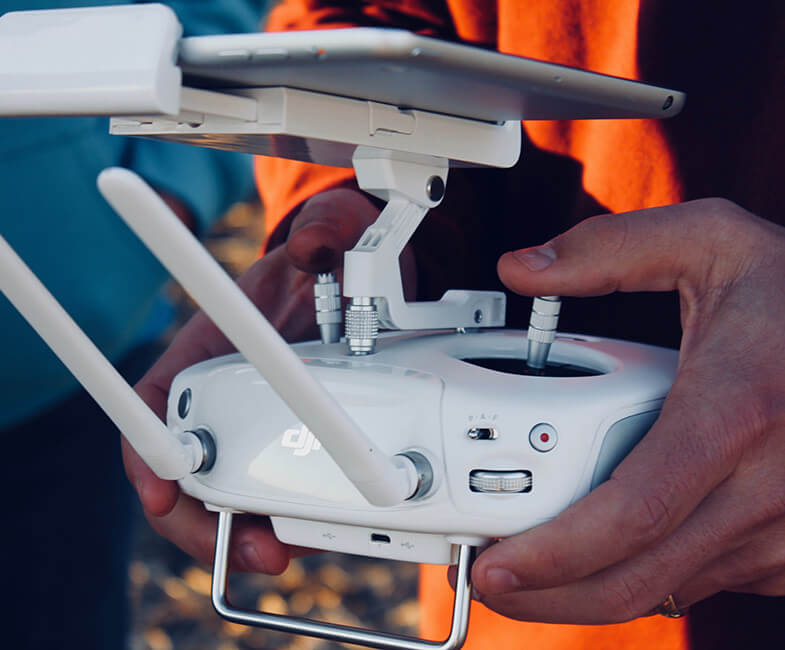Drone videography and photography is one of those industries that boomed out of nowhere. One day you’re taking pictures with your DSLR, the next, everyone is flying around with drones and capturing these stunning aerial shots.
Drones and the services attached to these have really risen in popularity over the years, and it’s only getting bigger as time flies by. Because of how easy it is to buy a drone and fly it yourself, more and more people are looking to be a part of the drone community.
As a beginner, it can be pretty intimidating, since it looks like everyone is more proficient than you, but as long as you put in the effort, you can be as good as them. But before anything else, you should be aware of your local drone laws and regulations in order to fly safely and legally.
Check your local laws
Remember that drone laws and regulations vary depending on the location, so whatever we’ve listed down is only a general list of guidelines of drone laws and regulations.
Certain areas are more strict or lax with their regulations, so as much as possible, you’re going to want to do your own research, just to be safe.
Register your drone
In the United States, you are required to register your drone if it meets a minimum weight of 0.55 lbs. It’s easy enough to do, all you need to do is log onto the FAA website, create an account and pay a five dollar fee.
Remember that you only have to pay a five dollar fee, nothing more. If you end up on a website that says you have to pay more than that to register your drone, you’re not on the right website.
Once your drone is registered, you’ll be provided with a registration code that should be marked on your drone for identification purposes.
Get licensed
If you’re looking to be a commercial drone pilot, you are legally required to take an exam for licensing purposes. All of the materials you need, from a study guide to registration is readily available on the FAA website.
Keep your drone within sight
Now that you and your drone are registered and licensed, it’s time to fly. When flying your drone and shooting drone videography and photography, you’re legally required to keep your drone within your line of sight at all times.
This guarantees that you keep an eye on your drone at all times, which helps make sure that the people in the area are safe from any accidents and that your drone doesn’t run into an accident of its own either.

